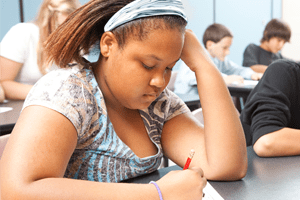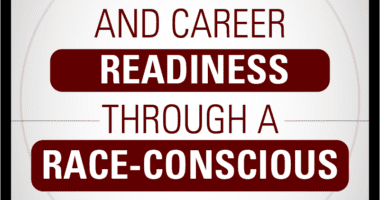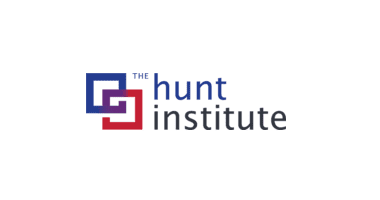Celebrate Grad Rates, Yes, But Don’t Sit Back Just Yet
Each year, millions of students enter ninth-grade to begin their final stretch toward earning a high school diploma. Four years later, parents, families, and friends gather at annual graduation ceremonies throughout the country to celebrate the students who reach that milestone. The most recent graduation rate data show that this year, more students than ever before walked across that stage on graduation day, continuing an upward trend for the fourth consecutive year. To add to that good news, graduation rates for historically underserved students — including low-income students, students of color, English learners, and students with disabilities — have improved faster than the rates for students overall.
But as we celebrate the accomplishments of our graduates, their families, their schools, and the communities that raised them, I think of the students who aren’t on that stage and am reminded of just how much work remains to be done. While 83 percent of students graduated on time in 2014-15, 17 percent (nearly 660,000 students) did not. Moreover, Black and Hispanic students graduated at rates (75 percent and 78 percent, respectively) lower than the national average. And if that isn’t enough to make us all stop and think, graduation rates for low-income students, English learners, and students with disabilities are also far below the national average (76 percent, 65 percent, and 65 percent, respectively). What about the students who did not graduate? What do educators know about them? What systems and supports could have been in place to get them to that graduation ceremony?
What’s more, while graduating high school is a critical milestone, it is but a beginning. And multiple indicators show that too many students aren’t getting the preparation they need to tackle the challenges and take advantage of the opportunities that the future holds. Nearly half of graduating seniors complete neither a college- nor career-ready course sequence. And in 2015, only 40 percent of ACT-tested graduating seniors met 3 of 4 ACT College Readiness Benchmarks. Another 31 percent of them didn’t meet any. In other words, more and more of our students are graduating, but progressing toward what?
Our education system needs to do better, both at getting students to graduation and ensuring that they are prepared for whatever they wish to do after leaving high school, be it college, a trade or technical program, military training, or full-time employment. The good news is that there are a lot of places that are graduating (or making tremendous progress toward graduating) all students with high levels of preparation. Take Elmont Memorial High School in New York, for example, a predominantly Black, Title I-eligible school where more than 9 in 10 students graduate — many with advanced diplomas. Or take a look at what entire districts like Chicago Public Schools have done. CPS has dramatically improved graduation rates over the last decade through the use of rigorous tracking systems designed to ensure that from the moment they step foot in the door, ninth-grade students are on track to graduate.
This year’s national trends offer some good news. But those 660,000 students who did not walk across the stage on graduation day are a sobering reminder that there’s still much more good news to be made.
Photo credit: Mark Ramsay












